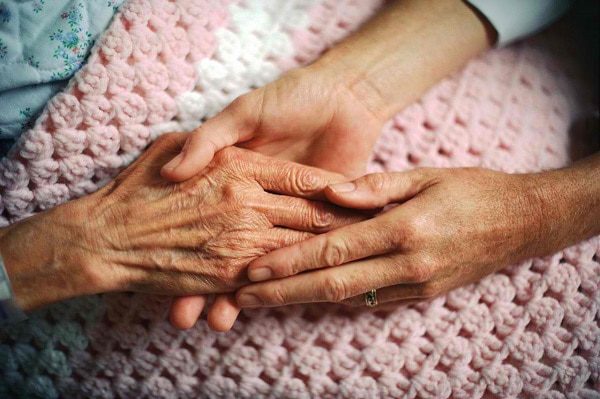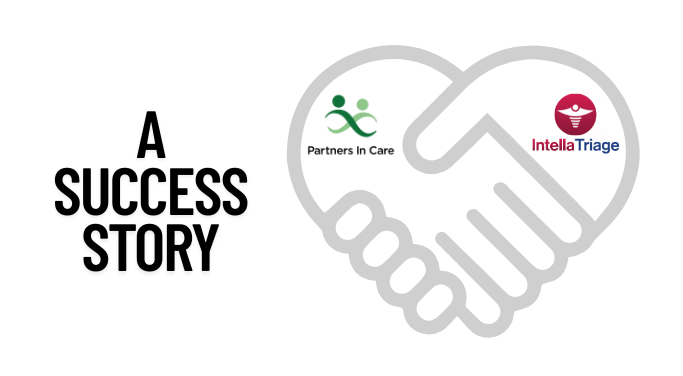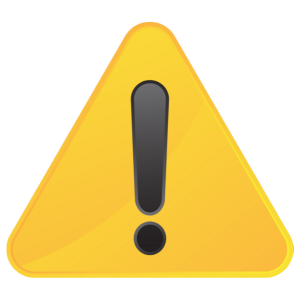Between the aging population and the increasing awareness of – and demand for – services that prioritize the end-of-life patient experience, the hospice industry has quadrupled in size since 2000. Traditionally, hospice care has served the terminally ill by improving their quality of life and ensuring maximum comfortability. Triage care has existed equally as long and continues to grow in support of hospice and healthcare providers.
Understanding the basics of both hospice and triage is essential to improving the quality of life and providing the necessary support for post-acute patients.
When a Patient Enters Hospice
The decision to enter hospice care typically occurs when medical professionals conclude that treatment or intervention is no longer a viable option. Additionally, as part of the end-of-life process, nurse triage is critical in easing the pain and symptoms of the patients and deciding when additional medical measures are necessary. The triage aspect of hospice care has become so vital in the end stages of life that many hospices have begun looking to outside agencies that specialize in providing triage care.
Hospice Treatment Regimen
The treatment regimen embraces psychosocial, spiritual support, social work services and bereavement services for family members involved in the care of the hospice patient. Everything associated with the diagnosis – from after-hours triage, medication management, home health aides and durable medical equipment (e.g. wheelchairs, hospital beds, etc.) – is covered under hospice care and best coordinated when case managers, administrators and nurses are all working together to care for the patient.
Hospice Treatment Duration
Most patients are expected to be in hospice care for about four to six months. During that time, access to hospice care 24/7 is critical; while the patient may sometimes stabilize, their condition will be in consistent decline. Having a nurse triage function available around the clock helps ensure that patient and family needs are met any time – day or night.
Benefits of Hospice Triage
The two biggest benefits of hospice and triage services are stress minimization and patient comfort. 24/7 nurse triage allows caregivers access to licensed nurse staff to address issues as soon as they arise. This provides the family, as well as the staff nurses with the assurance that there is a trained hospice nurse available at any time, should a crisis or event that needs an immediate visit to occur. Nurse triage can also provide direction to connection to physicians on-call to respond when needed.
Cost of Hospice Triage
Because hospices have learned to control the cost of the dying process, nearly 95% of people are able to have Medicare cover 100% of the cost of hospice care with no associated copay. They do this by having licensed nurses and physicians issue a very specific plan of care that includes everything from pain and symptom management to bereavement and spiritual services. This care also includes access to licensed nurse triage 24/7, even when the physician hospice location is closed.
Over the past few years, nurse triage has become part of the hospice basic offering. As more hospices realize that the traditional medical call center model falls short in patient satisfaction and engagement, many are looking to companies like IntellaTriage to provide top-quality after-hours nurse triage. If you have been evaluating the decision to partner with a nurse triage company, contact us today to start a conversation.
This post was originally published in October 2019 and has been completely revamped and updated for accuracy and comprehensiveness.
Contact Us for a Consultation
Ready to optimize your triage process? Reach out to us today for a consultation tailored to your needs. Let’s elevate your patient care together.
More From The Blog
Recent data breaches are once again highlighting the urgency of securing protected health information (PHI). In March 2025, Yale New Haven Health System disclosed that an unauthorized third party accessed the personal data of nearly 5.6 million patients. Around the same time, Kentucky’s Cumberland County Hospital suffered a breach affecting more than 36,000 individuals, including [...]
Partners In Care - A Success Story. Partners In Care is a 5-star nonprofit provider of hospice, palliative, and home health services in Oregon. When they decided to reevaluate their after-hours care model, the goal was clear: prioritize patient care while supporting the nurses who make it all possible. Their home health and hospice nurses [...]
We have been made aware of a fraudulent job scam in which individuals are impersonating IntellaTriage and offering fake job opportunities. These scammers are emailing candidates directly and/or reaching out through platforms such as LinkedIn, posing as recruiters or hiring managers. Victims report being sent fraudulent checks with instructions to purchase equipment or gift cards. [...]

